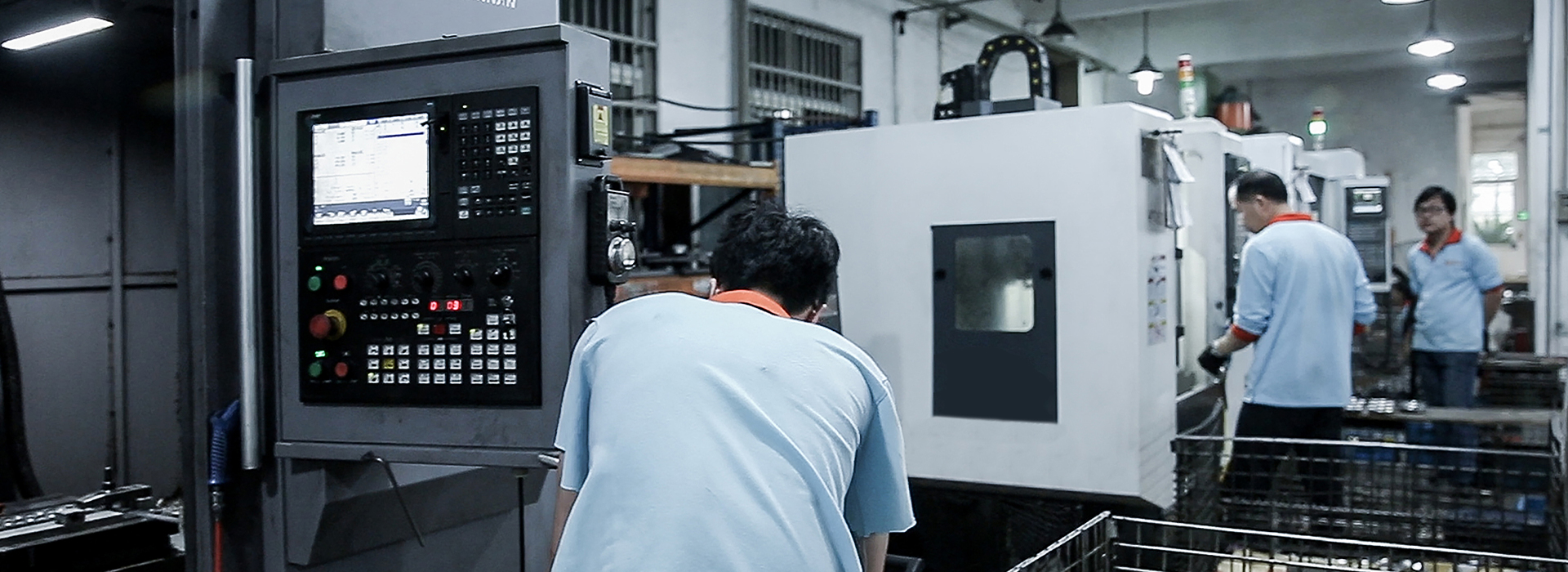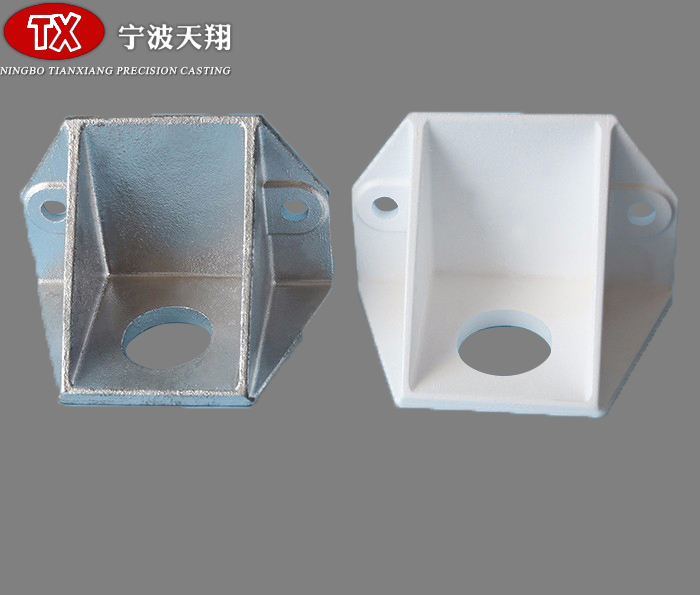
Compression damping:
The function of compression damping is to absorb some impact force when the bicycle encounters a big obstacle, which prevents the shock absorber compressing to the bottom. Although all marine casting suppliers have compression damping, only the compression damping on advanced shock absorbers has adjustment function. When there are obstacles on the road, increasing the compression damping will slow down the compression of the shock absorber. When the compression damping is increased, the shock absorption curve of bicycle is higher. Therefore, it is necessary to increase the compression damping in case of small bumps. In most off-road riding situations, you should keep the compression damping low. At the same time, you can do some experiments to find some good conditions for your riding habits road conditions.
Rebound damping:
When the wheel encounters an obstacle, the rebound damping function is to control the speed of the shock absorber returning to its original position. Rebound damping can prevent the shock absorber rebounding too fast, prevent the bicycle jumping too hard when encountering obstacles. Manufacturers of marine castings can also prevent the shock absorbers returning to the top. If the rebound damping is set too high, the shock absorber will work. This will result in shorter shock absorption when riding a bicycle. Rebound damping is very important for the way the wheels travel. If there is no rebound damping, the wheel will react too quickly in case of any bumps. When the road surface is smooth steep, setting the rebound damping higher will help the response of the shock absorber to be more smooth. If the road surface is small dense turbulence, the setting direction is opposite. Increasing damping helps to control high-speed riding; in high-speed situations, too fast a rebound of the shock absorber will be in line with the road conditions.
